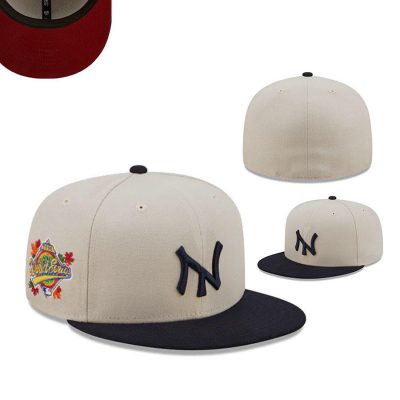The history of baseball caps is intertwined with the development of the sport itself. Here’s a deeper exploration:
- Origins in the 19th Century: In the mid-19th century, baseball emerged as a popular sport in the United States. Players initially wore straw hats or brimmed caps to shield their eyes from the sun. These early headwear options were functional but lacked the iconic style of modern baseball caps.
- The Evolution of Headwear: As baseball became more organized and standardized in the 1860s and 1870s, players began experimenting with different styles of headwear. The “Brooklyn-style” cap, characterized by its rounded crown and small brim, emerged as one of the early predecessors of the modern baseball cap.
- Early Commercialization: The commercialization of baseball caps began in the late 19th century. Companies such as Spalding and Reach produced caps for both players and fans, often featuring team logos or colors. These early caps were typically made of wool and lacked the structured design of contemporary caps.
- Rise of the Modern Baseball Cap: The modern baseball cap as we know it today started to take shape in the early 20th century. The Detroit Tigers are often credited with introducing the first modern-style baseball cap in the 1900s, featuring a sewn-in visor and a structured crown. This design provided better durability and comfort for players.
- Standardization and Team Identity: Throughout the early to mid-20th century, baseball caps became standardized as part of the uniform for players at all levels of the sport. Teams began to incorporate their logos, colors, and other identifying marks onto the caps, helping to establish team identity and fan loyalty.
- Technological Advances: The mid-20th century saw technological advancements in cap manufacturing. The introduction of synthetic materials such as polyester and nylon offered improved durability, moisture-wicking properties, and colorfastness. These materials contributed to the evolution of baseball caps as both functional sportswear and fashionable accessories.
- Cultural Symbolism: Baseball caps transcended their original purpose as sports equipment and became cultural symbols associated with youth, athleticism, and casual style. They became popular not only among baseball players and fans but also in mainstream fashion and popular culture.
- Influence of Hip-Hop and Streetwear: In the late 20th century, baseball caps gained further prominence in popular culture, particularly through the influence of hip-hop and streetwear fashion. Celebrities, musicians, and urban youth embraced baseball caps as fashion statements, often wearing them with the brim flat and stickers intact.
- Continued Evolution: In the 21st century, baseball caps continue to evolve with changing fashion trends and technological innovations. Brands like New Era, known for their collaborations with sports teams and cultural icons, have helped to keep baseball caps relevant and sought-after accessories.
Overall, the history of baseball caps reflects not only the evolution of the sport but also broader cultural and fashion trends. From their humble origins as sun protection for baseball players to iconic symbols of style and identity, baseball caps remain an enduring and versatile accessory.








